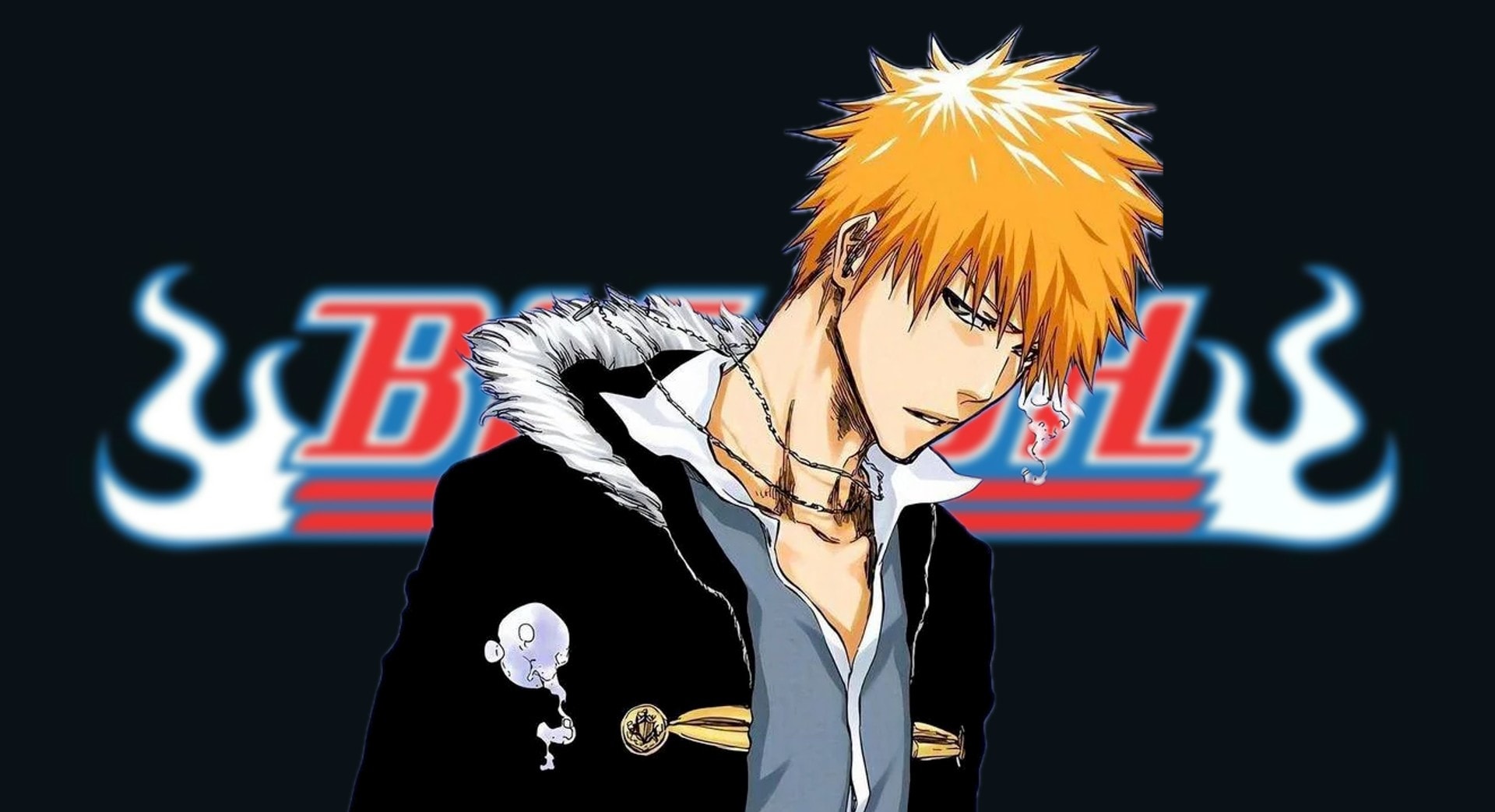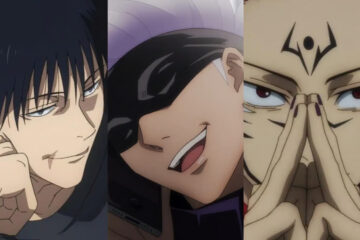[ad_1]
Tite Kubo's action-packed supernatural series “Bleach” first began serialization in the famous Japanese manga anthology Shonen Jump in 2001.
It soon became one of the publication's most popular ongoing series, recognized as one of the “Big Three” mega-hit manga along with Masashi Kishimoto's “Naruto” and Eiichiro Oda's “One Piece”.
While the titles “Naruto” and “One Piece” clearly connect to the core elements of their respective series, the meaning behind Kubo choosing the name “Bleach” for his manga about spiritual beings and the afterlife is more obscure. And remains unclear.
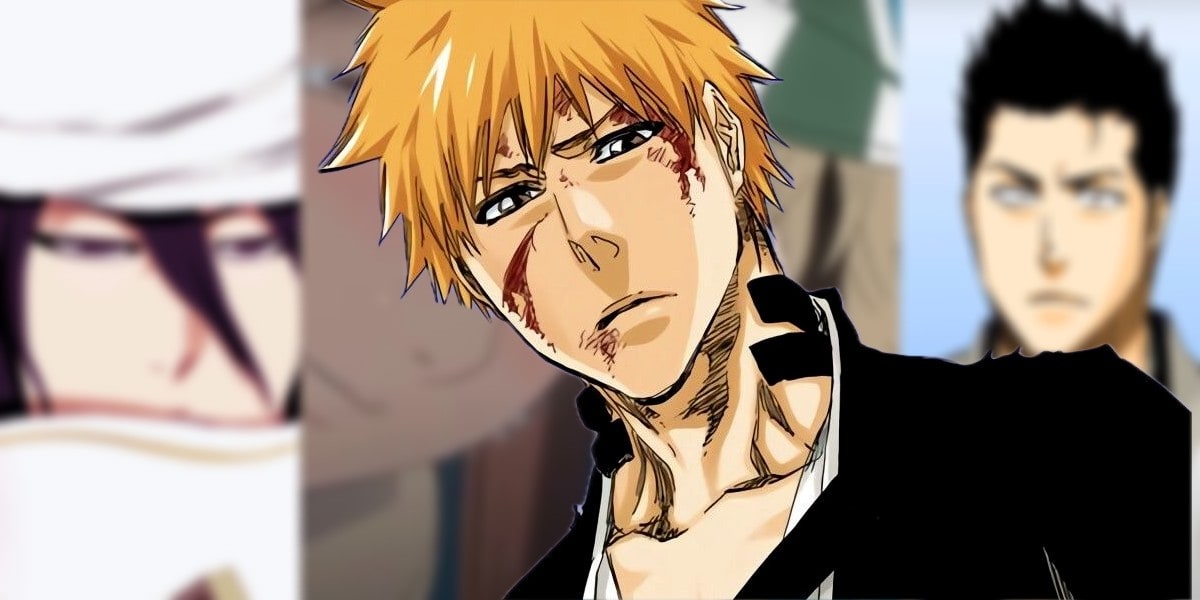

Nearly twenty years later, fans are still unsure of the exact significance of the fantastical title.
According to Kubo himself, when his initial one-shot manga based on the Rukia character failed to generate interest, famed “Dragon Ball” creator Akira Toriyama wrote him a letter of inspiration, encouraging Kubo to continue developing the supernatural concept. Was inspired to.
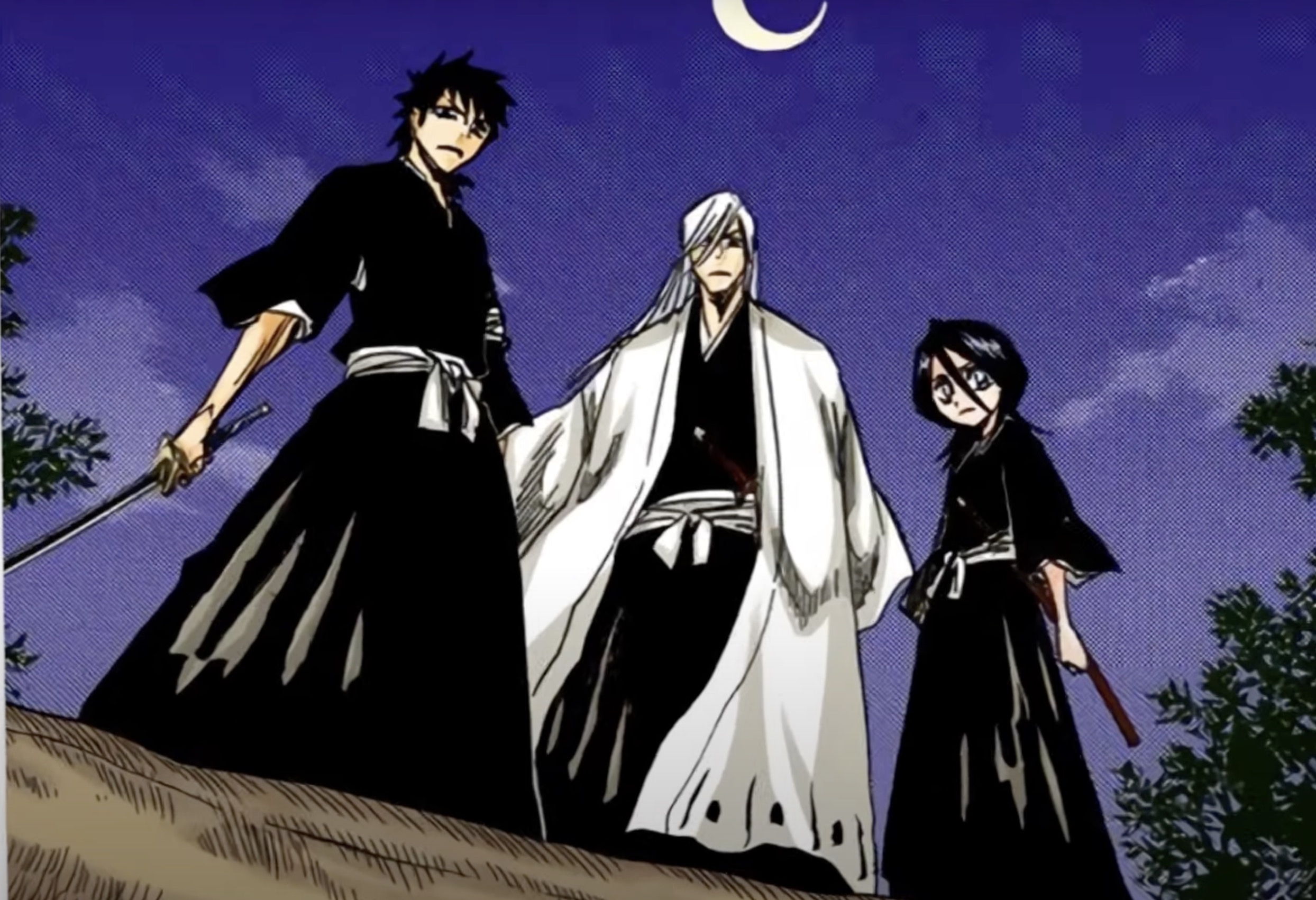

This inspired the young artist to continue working on the series that would become “Bleach” — bizarre name and all.
It seems that the word “bleach” was chosen by Kubo as a clever symbolic play on the premise of Soul Reapers and purified souls.
Just as bleach is used to clean and whiten clothes, Soul Reapers “bleach” dark souls and guide them to the afterlife.
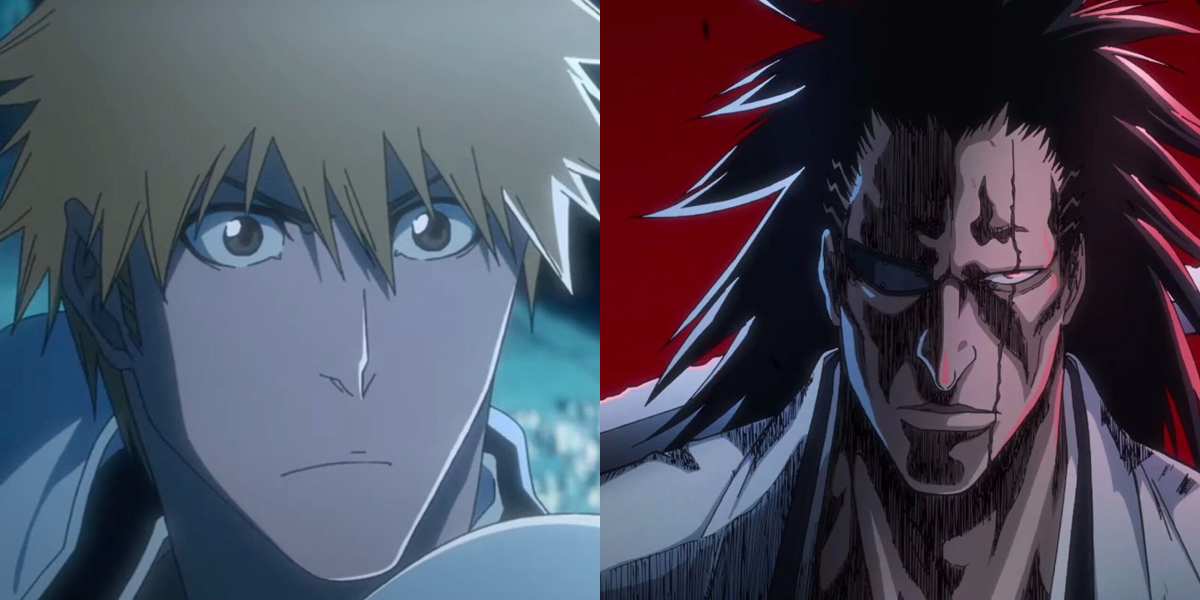

So while unconventional, the title “Bleach” proves surprisingly appropriate for Kubo's unique take on the supernatural realm.
The Soul-Purification Journey in Tite Kubo's Dark Shinigami Vision
In several interviews over the past few years, manga creator Tite Kubo has provided insight into his concept of the supernatural world of “Bleach” and the significance behind its enigmatic title.
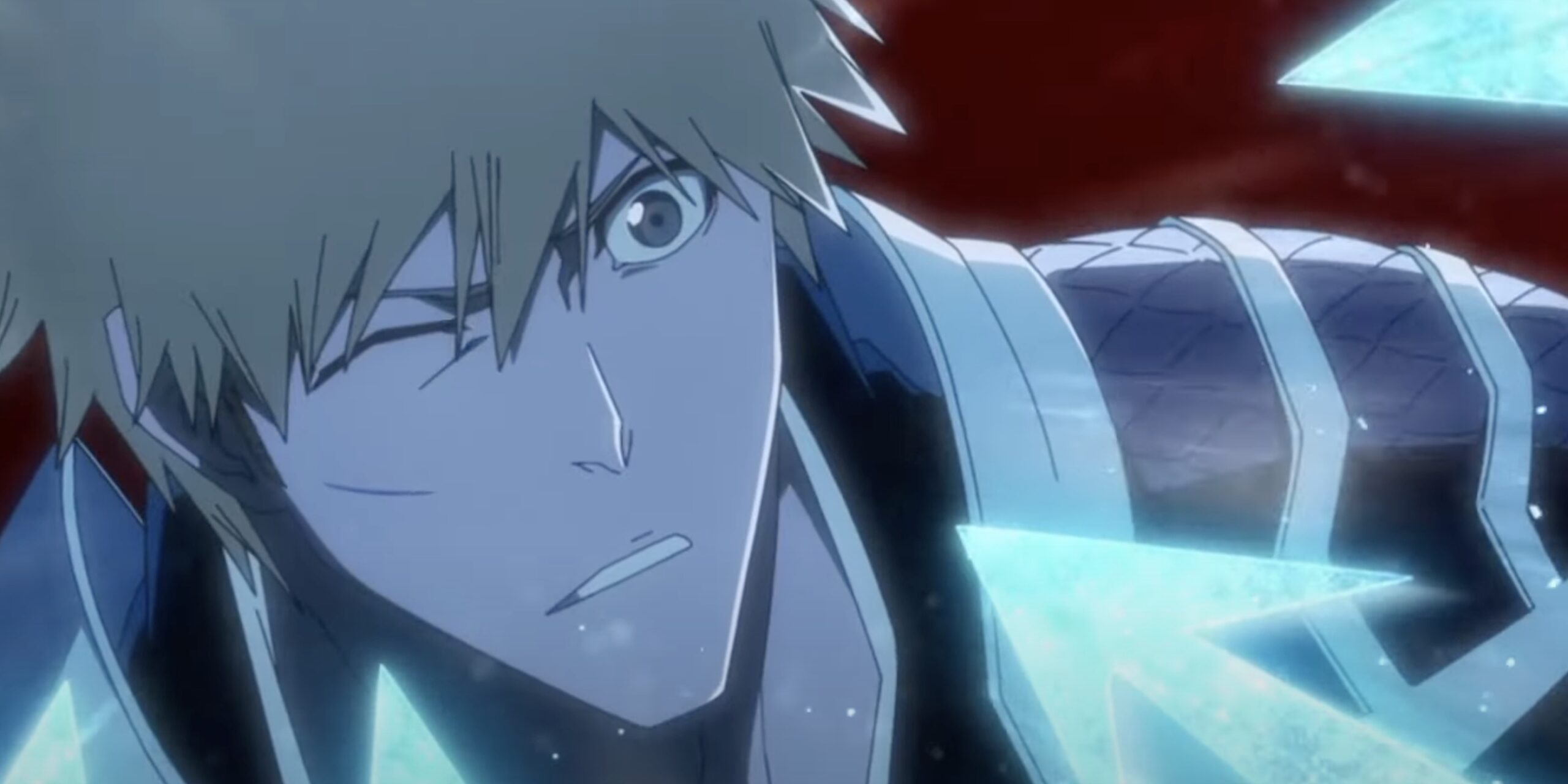

Kubo revealed that initially, he was inspired by the imagery of traditional Japanese death gods (shinigami), who wear dramatic black robes and carry katana swords as they escort mortal souls to the afterlife.
This Shinigami aesthetic was central when Kubo was first dreaming up his paranormal saga before plotting a protagonist or overarching narrative.
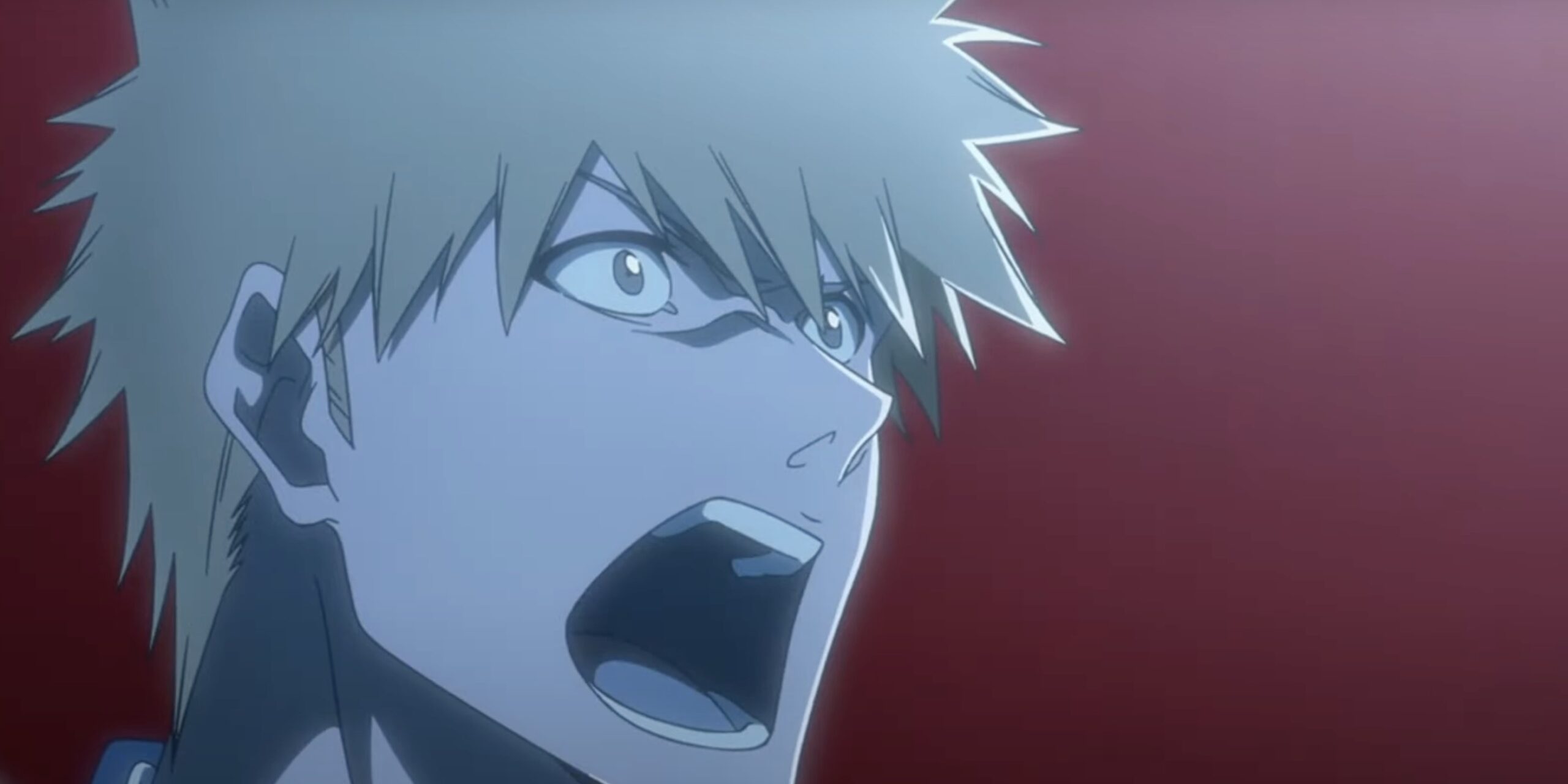

In fact, the character Rukia – the Soul Reaper who begins Ichigo's journey – was first created and deliberately designed by Kubo to embody his ideal vision of the modern Shinigami.
Dressed in a basic black kimono and wielding a blade, Rukia's look solidified the general vibe and theme that Kubo wanted to explore.
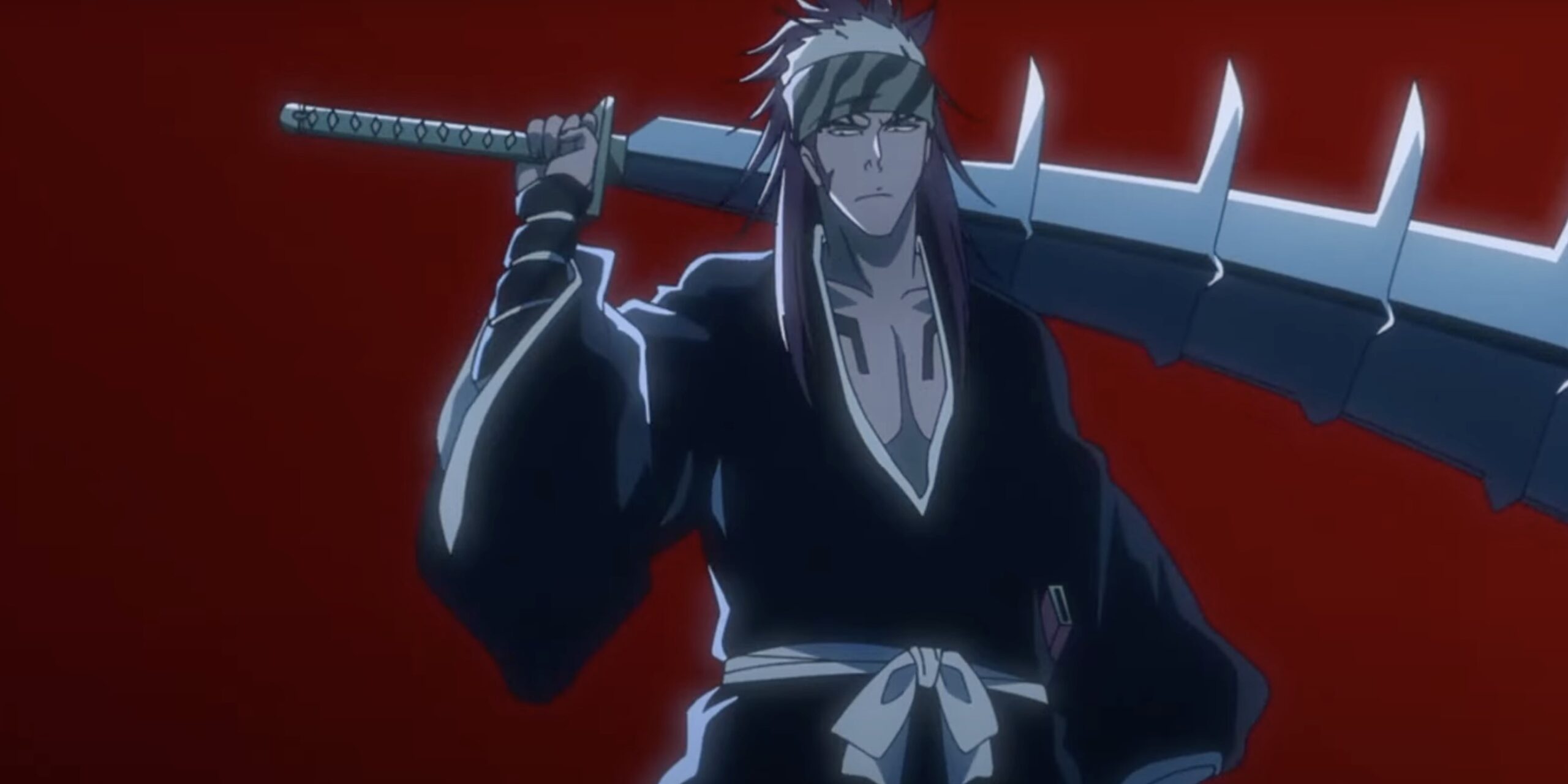

It was this dark, almost Gothic atmosphere around the concept of supernatural guardians leading souls to death that first inspired Kubo to name his manga “Black”.
However, he felt the title was too simple and simplistic. They then considered the inverse – “white” – but ultimately decided on “bleach”, which symbolically represents the Soul Reapers' guiding process of “bleaching” souls to a purer, lighter state.
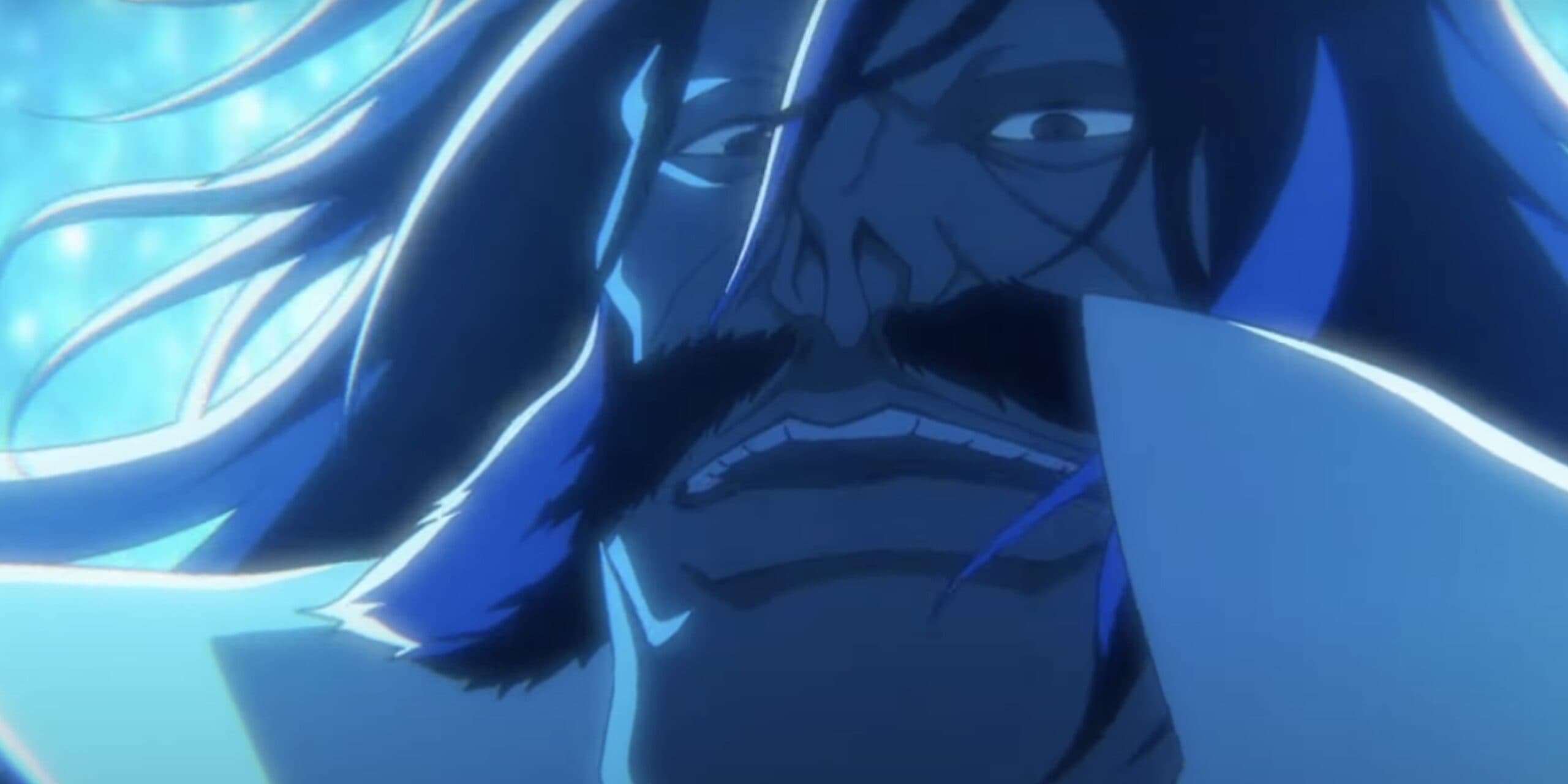

So while abstract, the final title stems directly from Kubo's original Shinigami-centric ambitions for the series.
From 'Black' to 'Bleach' – Tite Kubo's Artistic Evolution and the Invisible 'Snipe'
As Tite Kubo developed his initial idea for the manga that would become “Bleach”, he envisioned Soul Reaper characters wearing dark, black robes that created an otherworldly, almost Gothic vibe.
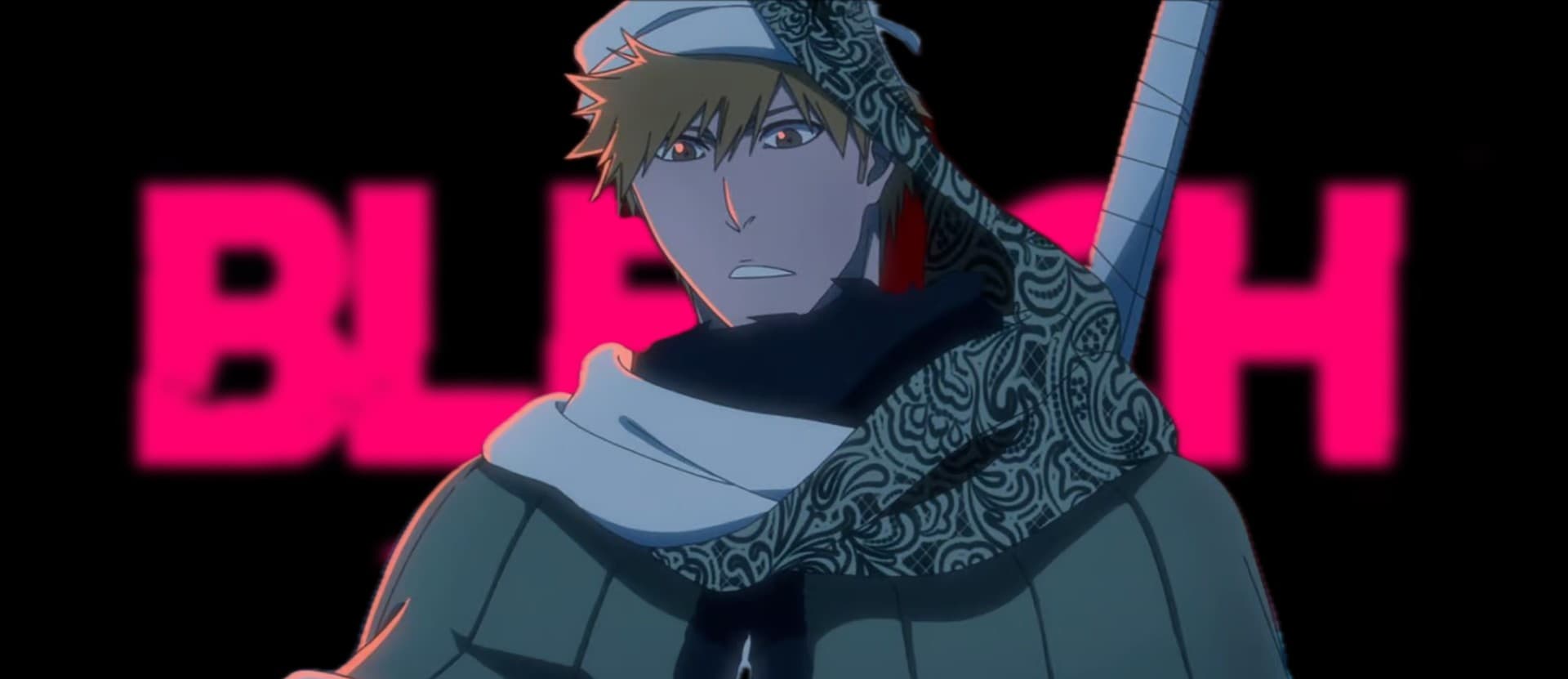

This aesthetic inspired him to tentatively title the series “Black”. However, he felt the name was too common. So in a creative conceptual twist, Kubo imagined “bleaching” those black clothes into a lighter color, leading to the unexpected choice of “Bleach” as a specific title reflecting the Soul Reapers' role in purifying souls. Landed.
Interestingly, in Kubo's early sketches, Rukia was intended to be the central protagonist of the story, not Ichigo. Also in this early stage, all characters wielded guns instead of the ornate swords that eventually became their signature zanpakutō blades.
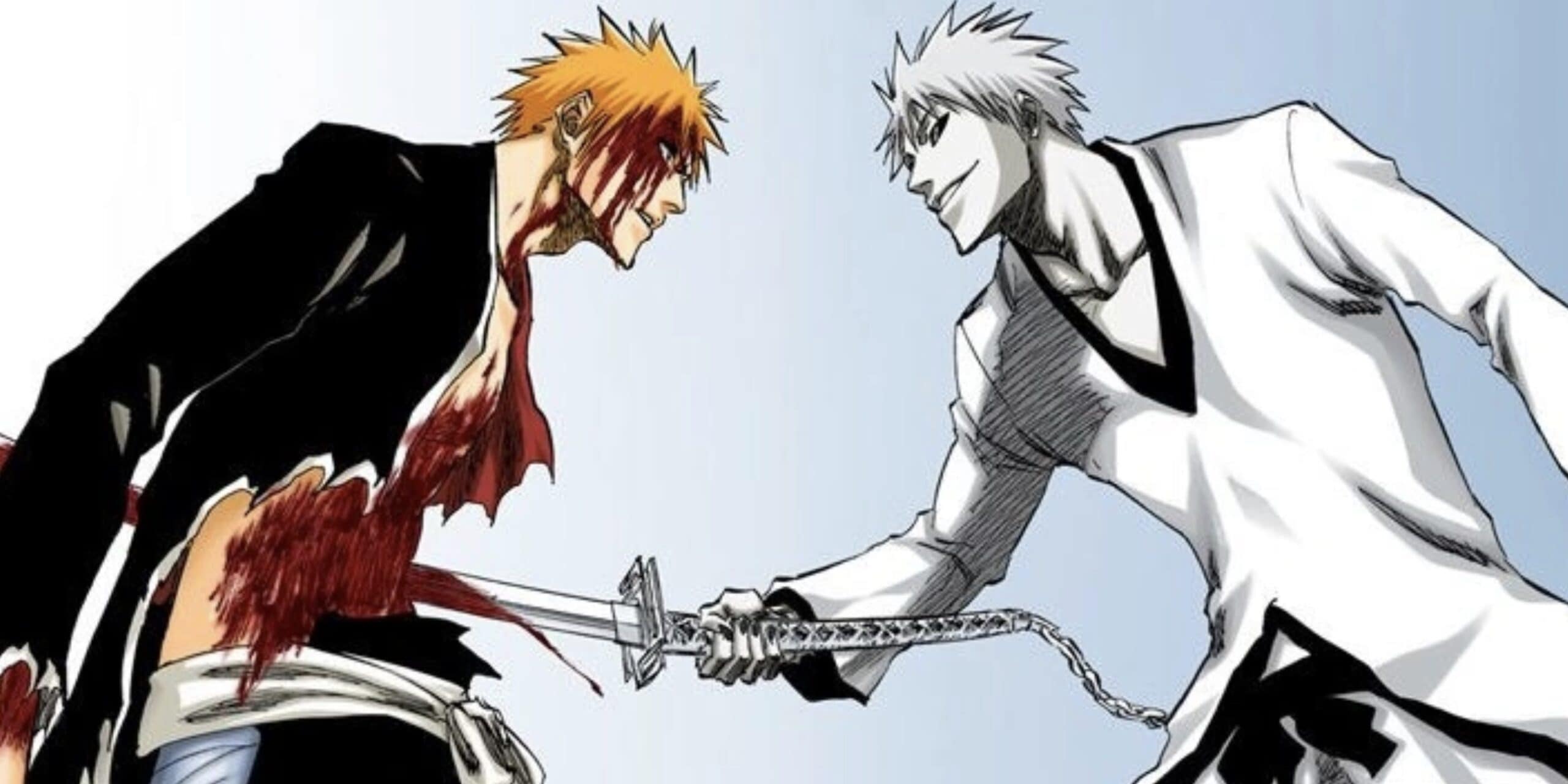

With guns replacing the katana, this alternate version, dubbed “Snipe”, will have a very different tone according to Kubo.
The Japanese mythological concepts and spiritual folklore that permeate the narrative likely would not have shined so prominently without the ancestral samurai weapons.
The symbolic battle between black and white in Soul Reaper
The underlying ideological duality of “black versus white” that inspired the naming of “Bleach” is also clearly manifested in the contrasting designs of the Soul Reapers and their opponents throughout the series.
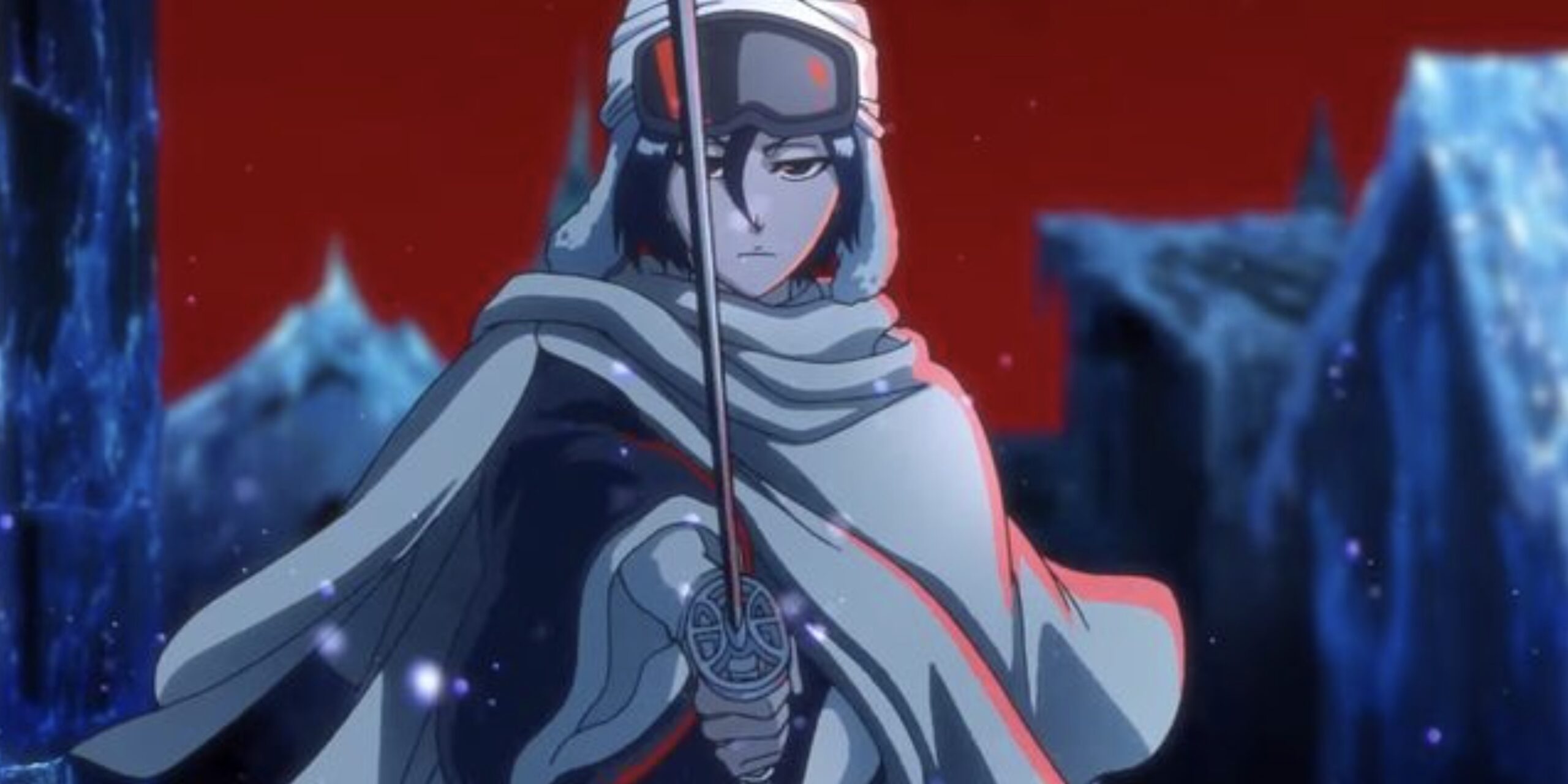

In addition to the distinctive black Shihakusho robes that bear their name, the Soul Reapers found their colorful opposite in the series' main rival faction—the Quincy Tribe.
In keeping with his militaristic sensibilities, the Quincy wore immaculate white uniforms, eschewing the deep gloom of the Soul Reaper palette. This was an attempt to deliberately reverse the color scheme of the Soul Reapers to highlight their differences ideologically and aesthetically.
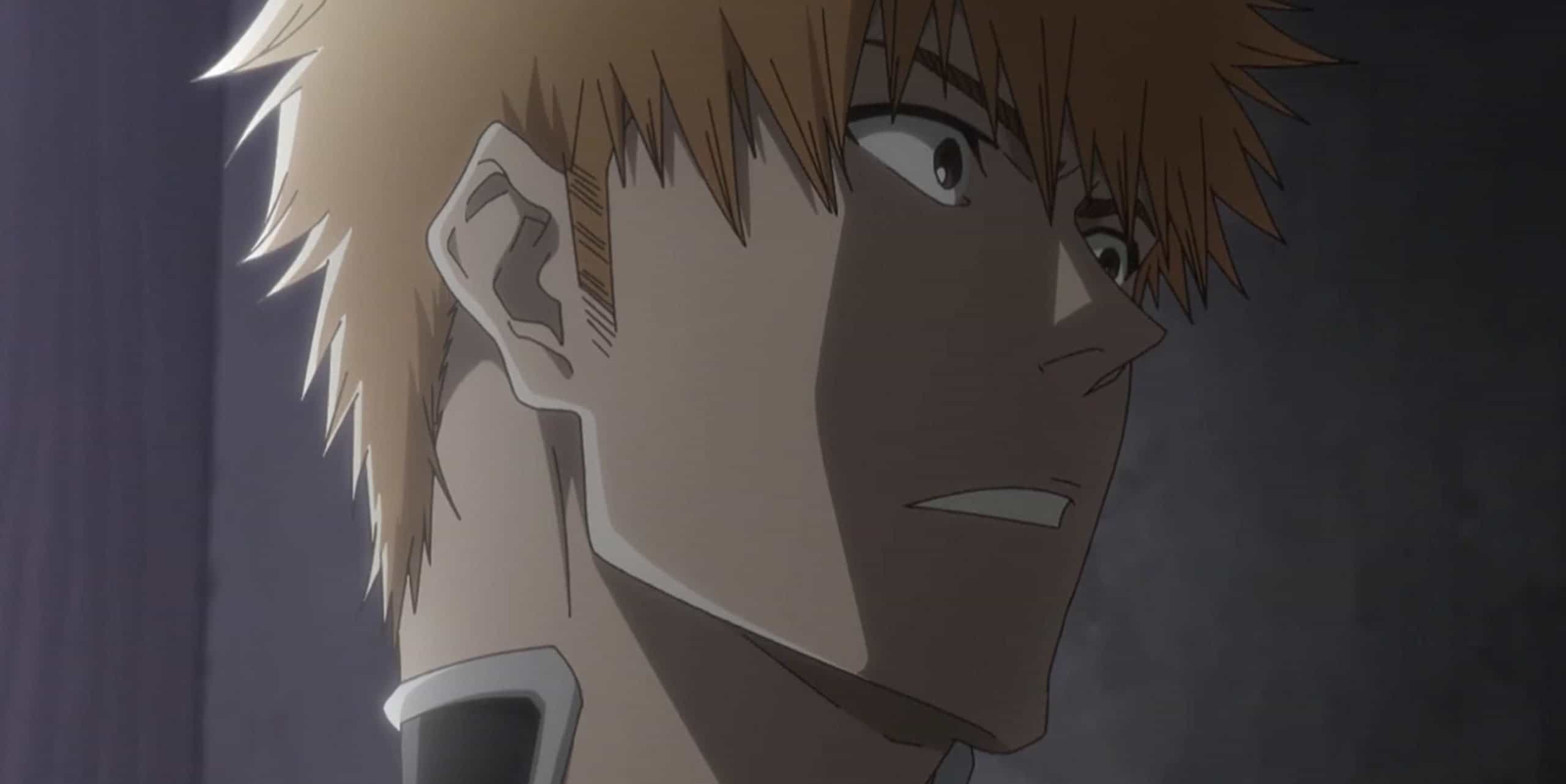

The Quincy's spiritual purity and ancestral feud were symbolized through the all-white uniforms of the Wandenreich army.
Meanwhile, Sosuke Aizen's villainous Arrancar army released white uniform tunics with black accents – clearly flipping the black and white elements of Soul Reapers.
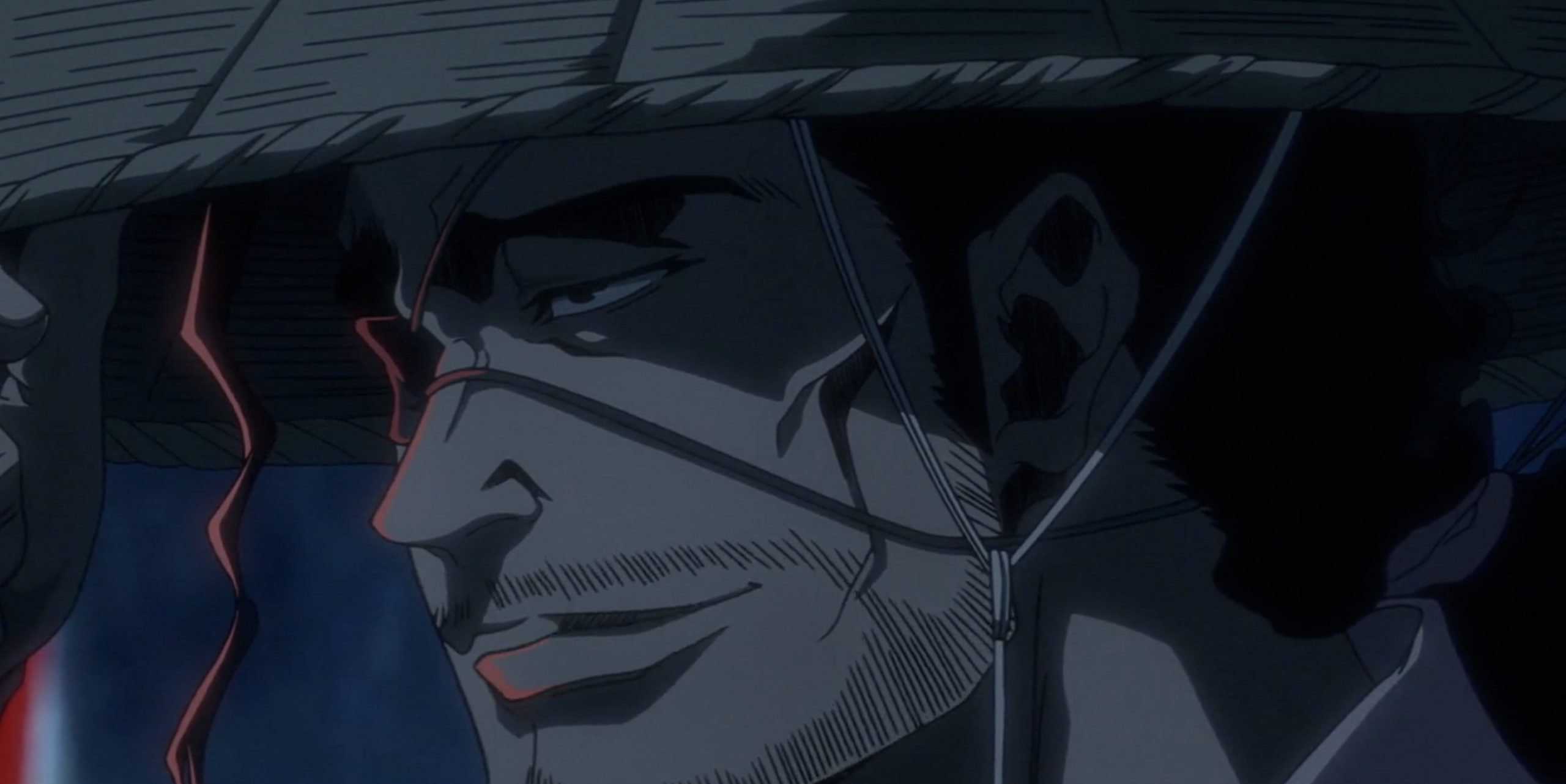

This was probably intended to demonstrate the status of the Arrancar as Hollows without masks, establishing them as an inverted distorted reflection of the Soul Reapers.
[ad_2]
Source link

